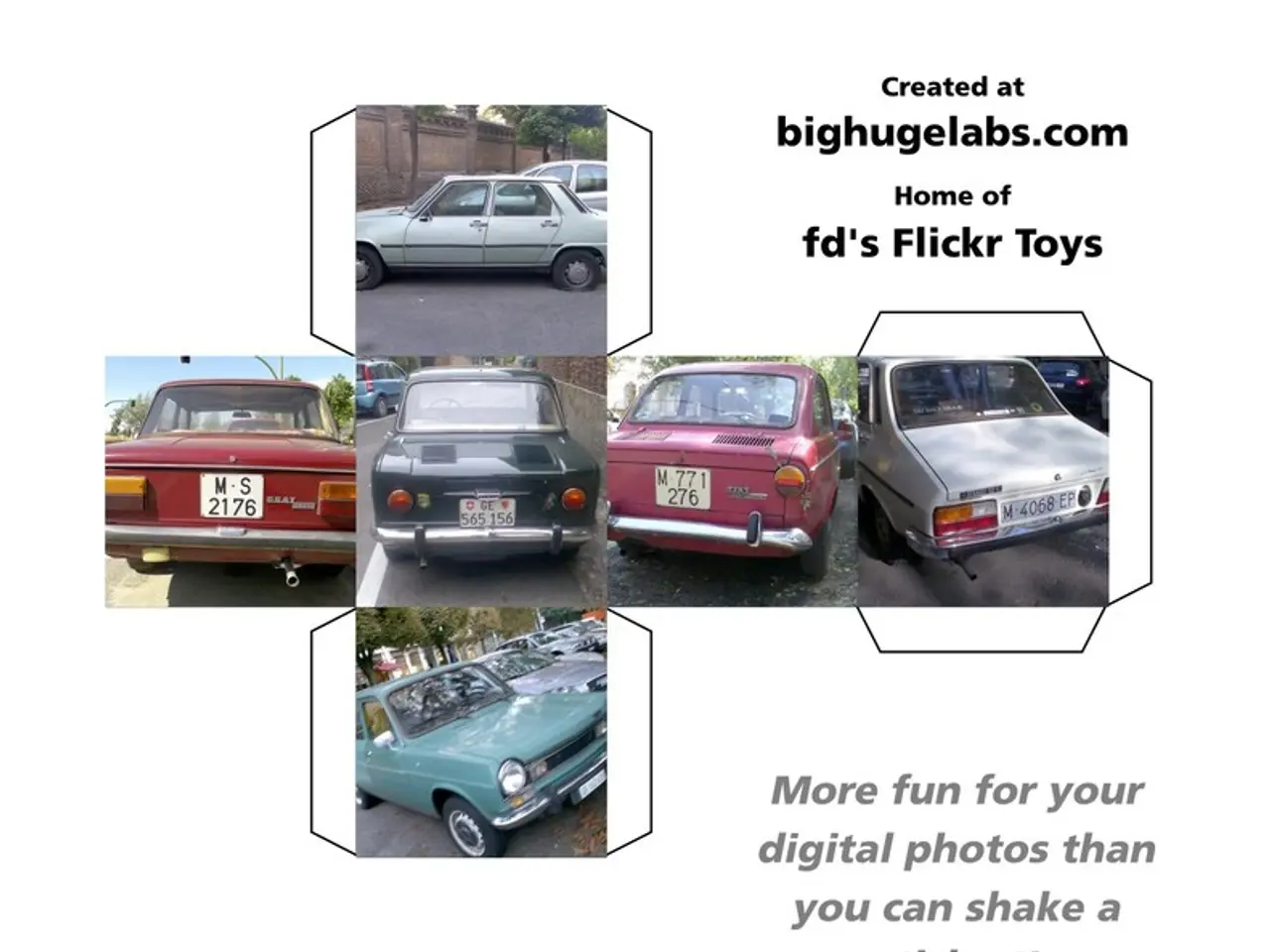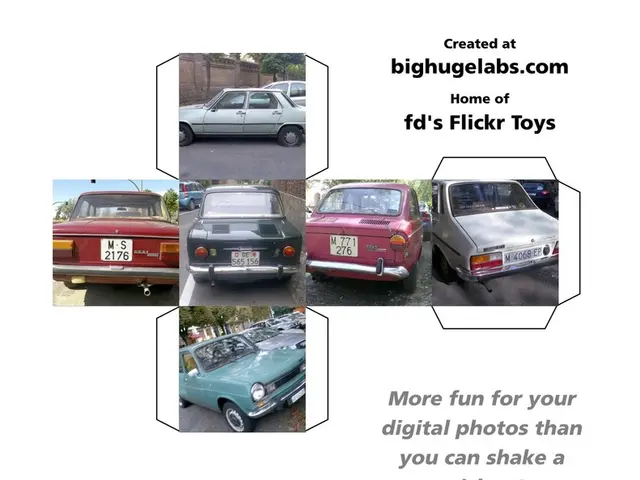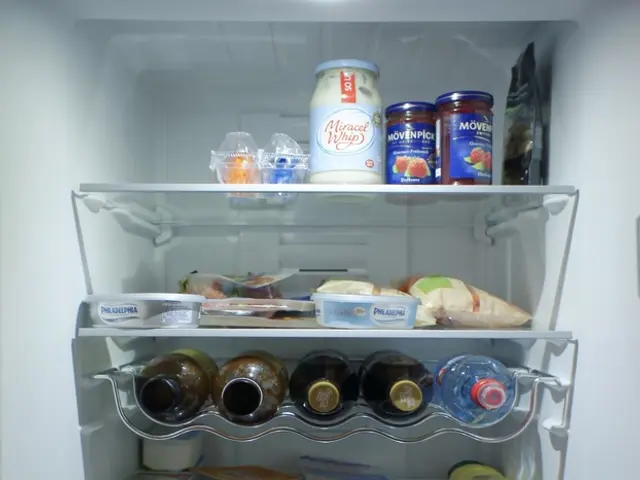Transforming Pakistan's Auto Industry: Tariff Reductions, Export Strategy, and Electric Vehicles
Pakistan plans to lower auto tariffs over a five-year period, with an aim to boost car exports following success in tractor and motorcycle sectors.
Pakistan's automobile industry is set for a significant transformation over the next five years, with the government implementing a tariff reduction plan and an export strategy to boost competitiveness and attract investment.
Tariff Reduction Plan
The government, supported by the International Monetary Fund (IMF), plans to streamline the tariff structure by reducing the weighted average tariff by 3.2% points to 7.4%. This reform involves abolishing additional customs duties (ACDs) and regulatory duties (RDs), consolidating tariffs into four slabs ranging from 0% to 15%[1][4].
These reforms could potentially decrease vehicle costs but may also challenge domestic manufacturers, as they reduce protection for the local auto industry.
Export Strategy
The government aims to transition towards an export-led growth model, which includes reducing overall tariffs over five years. This strategy is designed to enhance competitiveness and encourage exports. Pakistan is also finalizing a tariff deal with the United States, which could help boost exports and attract investment in sectors like mining and minerals[2]. However, the specifics for the auto industry are less clear.
Strategic Partnerships and Emerging Sectors
There is significant emphasis on electric vehicles (EVs) as part of Pakistan's strategic collaboration with China. This partnership aims to leverage Pakistan's EV policy to bypass U.S. tariffs and establish regional manufacturing hubs[3][5]. Pakistan's National Electric Vehicle Policy 2025-2030 targets making 30% of new vehicle sales electric by 2030[5]. This policy includes tax incentives and support for charging infrastructure, positioning Pakistan as a potential EV hub in South Asia.
Future Outlook
While the tariff reductions pose challenges for local manufacturers by reducing protection, they also offer opportunities for cost reduction and increased competitiveness[1]. The collaboration with China and the focus on EVs are expected to attract investments and enhance infrastructure, potentially transforming Pakistan's auto sector into a more competitive and sustainable industry[3][5].
The Green Tax, based on engine size and origin, has been introduced to promote cleaner vehicles. A committee has been formed to address challenges in the auto sector, comprising officials from the Commerce Ministry, the Federal Board of Revenue, and the Ministry of Industries. The tariff reduction agreement with the US has created new opportunities for auto exports from Pakistan.
The auto industry in Pakistan, including motorcycles, tractors, cars, and commercial vehicles, employs millions of people and contributes around 7 percent of Large Scale Manufacturing (LSM). Local assembly in Pakistan's automobile industry is dominated by established players like Honda, Toyota, Suzuki, Hyundai, Kia, and newcomers such as MG and Haval. The industry accounts for 7-16 percent of the manufacturing GDP, depending on the metric used.
References:
- Business Recorder
- Dawn
- The Express Tribune
- The News
- Pro Pakistani
Read also:
- Musk announces intention to sue Apple for overlooking X and Grok in the top app listings
- Innovative Company ILiAD Technologies Introduces ILiAD+: Boosting Direct Lithium Extraction Technology's Efficiency Substantially
- Nuclear Ambitions at a U.S. Airport Spark Controversy, With Opposition Swelling
- Haval H6 Hybrid Analysis: Delving into Engine Performance and Fuel Efficiency








